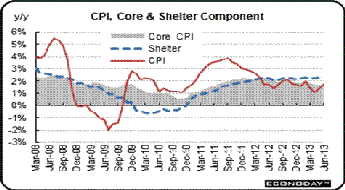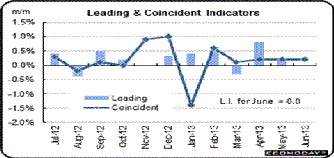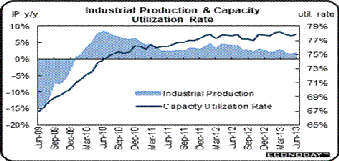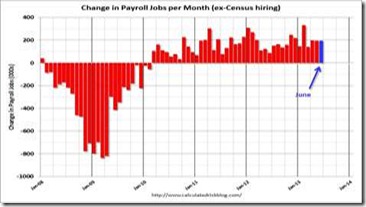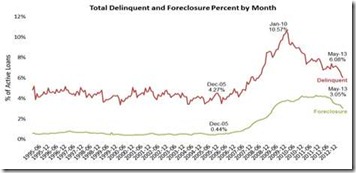Financial FAQs
New-home sales are surging, reports the U.S. Census Bureau. But who is buying them with interest rates up 1 percent since Chairman Bernanke made his infamous remark that QE3 bond buying could begin to slow in September? The damage has already been done for middle-income buyers with mortgage applications plunging, though interest rates have moderated. The conforming fixed rate is back to 4.25 percent with zero origination points cost in California. This has caused housing affordability to decline for many buyers, though still up for the year.
Sales of new single-family houses in June 2013 were at a seasonally adjusted annual rate of 497,000, according to estimates released jointly today by the U.S. Census Bureau and the Department of Housing and Urban Development. This is 8.3 percent above the revised May rate of 459,000 and is 38.1 percent above the June 2012 estimate of 360,000.
Months of supply is also shrinking, with the seasonally adjusted estimate of new houses for sale at the end of June just 161,000. This is a supply of 3.9 months at the current sales rate.
This is while mortgage applications have been falling, as we said, although purchase applications are up for the year. The culprit is that real incomes have not been rising enough to overcome higher mortgage rates. In fact, incomes have been rising at the slowest rate since World War II. Average household incomes have declined 10 percent just since 2000.
The National Association of Realtors, reports that affordability has declined 18 percent since January, hitting 172.7 in May, but is 17 percent above its average over the past decade. A reading of 100 means that a household with median income would have exactly enough income to qualify for buying a median-priced existing single-family home
NAR chief economist Lawrence Yun said many areas are experiencing a seller’s market. “The supply/demand balance is clearly tilted toward sellers in a good portion of the country,” he said. “Inventory conditions are expected to remain fairly constrained this year, so overall price increases should be well above the historic gain of one-to-two percentage points above the rate of inflation. If home builders can continue to ramp up production, then home price growth is expected to moderate in 2014.”
So the question is will mortgage rates continue to climb, or has Chairman Bernanke realized his mistake in prematurely talking rates higher without any real evidence that the overall economy is indeed recovering?
Harlan Green © 2013
Follow Harlan Green on Twitter: www.twitter.com/HarlanGreen



